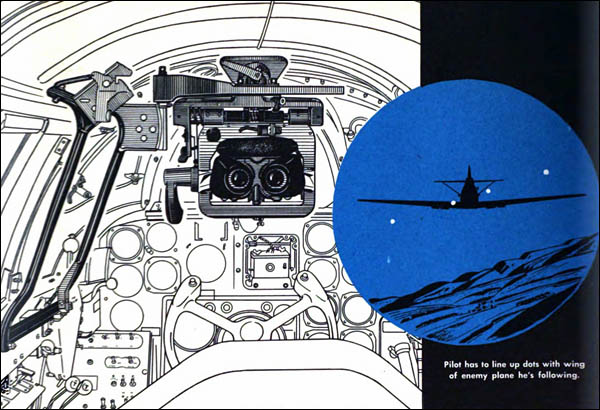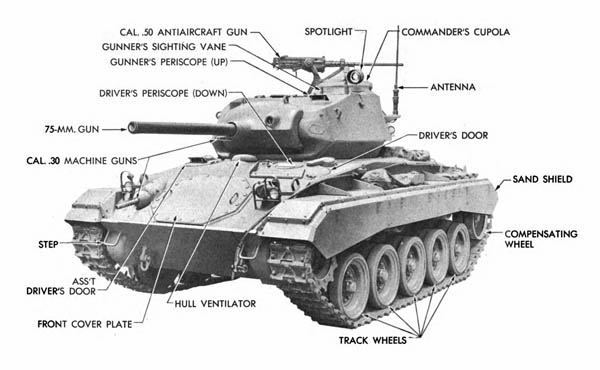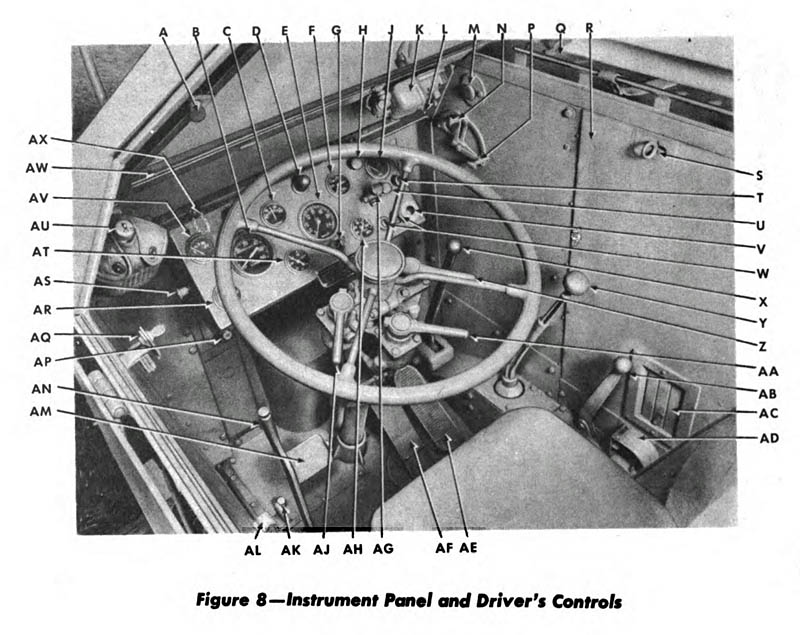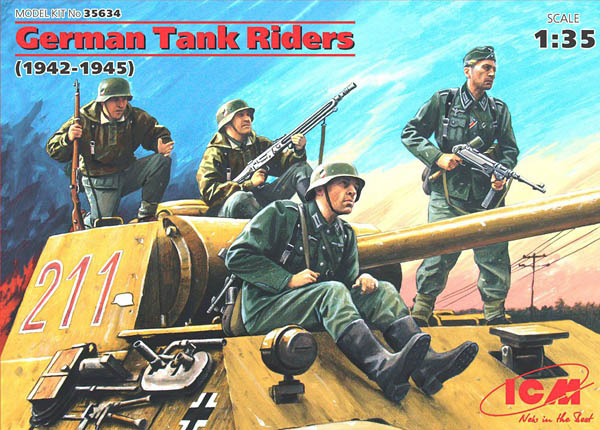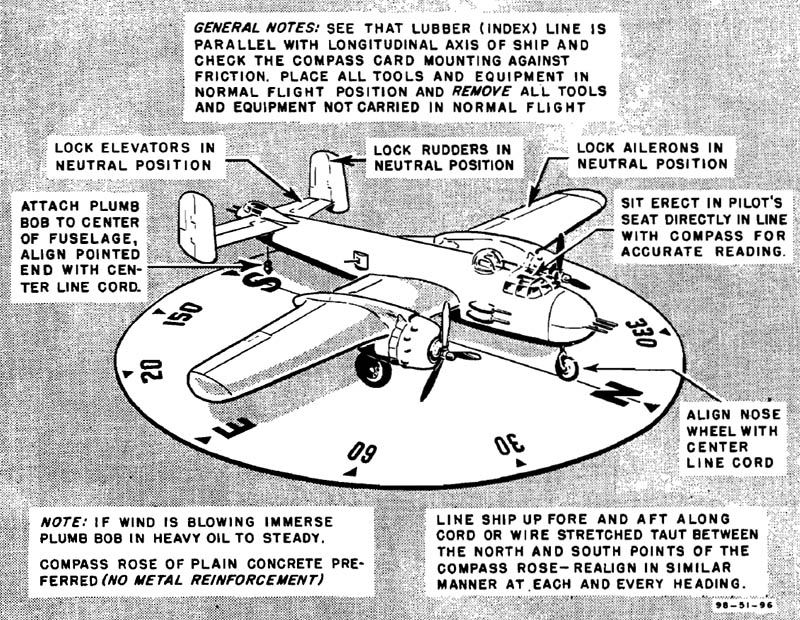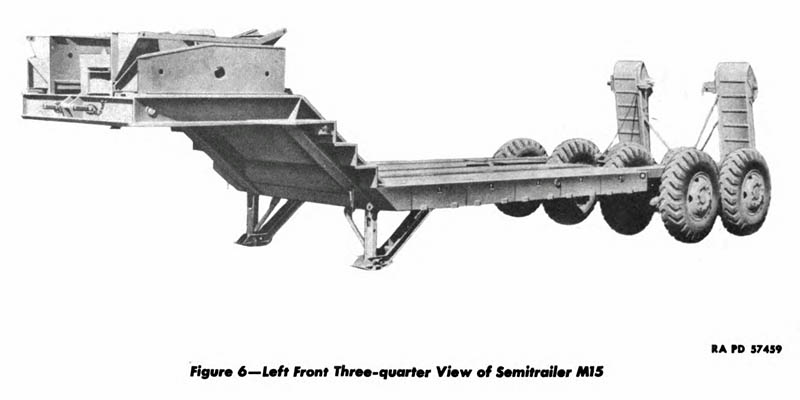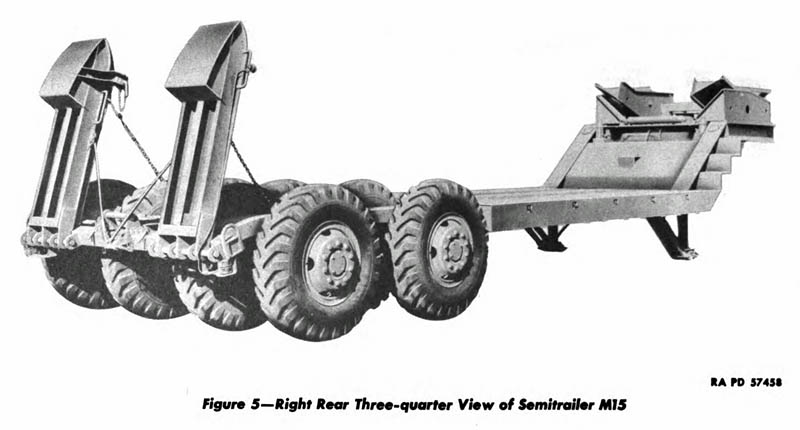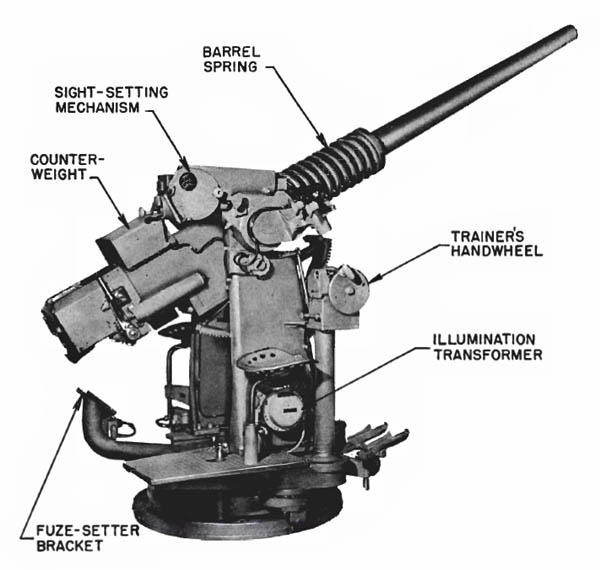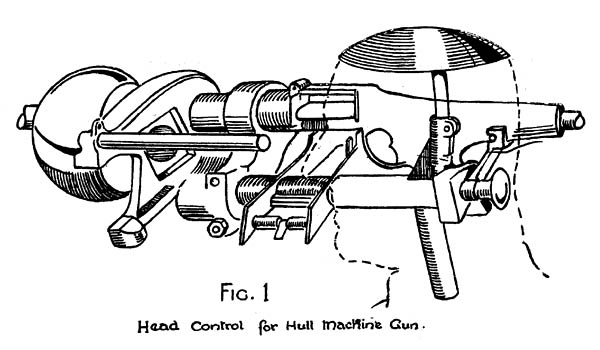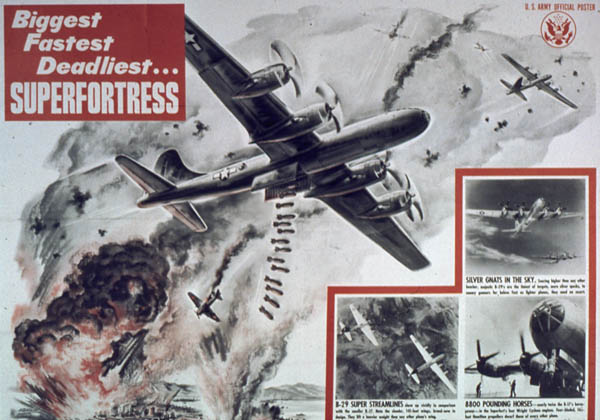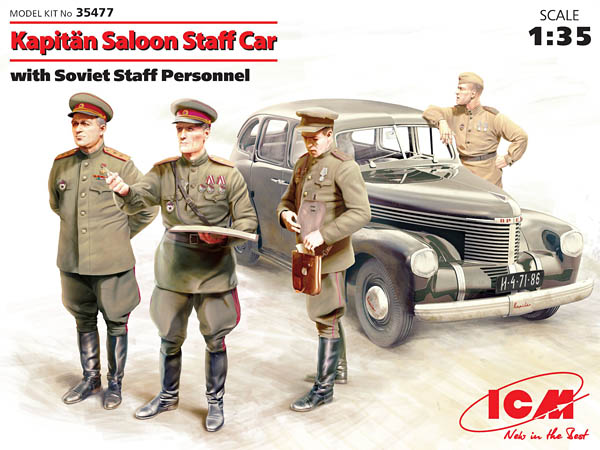Night binoculars for the P-61 Black Widow night fighter as described in the Pilot Training Manual for the Black Widow, P-61, Office of Assistant Chief of Air Staff Training, Headquarters AAF, Washington, D.C. The night binoculars combined 5.8 power night glasses with an optical gunsight. The P-61 pilot could use the night binoculars for both general flying and as a accurate gunsight.
Night Binoculars
P-61B’s have night binoculars for the pilot. With these binoculars, he can see to shoot accurately about four times as far at night as he can without them.
The night binoculars are mounted on a carriage that travels along a track straddling the windows to the left of the pilot’s seat. Normally, when not in use, they are stowed behind him, approximately over the front entrance door.
The night binoculars are a combination of 5.8 power night glasses and optical gunsight. They are mounted on gimbals, which prevent all vibration from affecting them, and are set in a frame which swings out from the carriage like a door.
When starting out on a mission in which he expects to use the night binoculars but doesn’t need them right away, the pilot usually pulls the binocular carriage forward as far as it will go but leaves the binoculars swung back against the carriage until he needs them.
When he’s ready to use the binoculars, the pilot swings them forward and then locks them in position directly in front of him by turning a handle at the top of the frame.
There’s a pistol grip at the left side of the binocular frame. With this grip, the pilot can rotate the binoculars from side to side and up and down, for searching. He must return them to the gunsight position before using them for shooting. A rheostat on the binocular frame controls the lighting of the gunsight.
With a little practice, the pilot can fly the P-61 at night while he’s looking through the binoculars. In place of the circle and dot of light in his regular gunsight, there is a horizontal row of four illuminated dots in the gunsight of the night binoculars. The pilot lines these dots up with the wing of the plane he is following and uses that combination for an artificial horizon. The inner dots of the gunsight are 10 mils apart and the outer dots are 70 mils apart. This scale enables the pilot to determine the enemy’s range with remarkable accuracy.

